Specifications:
- Cores/Threads:
- 20 cores total:
- 8 Performance cores (P-cores) for high-performance tasks.
- 12 Efficient cores (E-cores) for handling background tasks and multitasking efficiently.
- Likely supports 24 threads (P-cores support Hyper-Threading, while E-cores do not).
- 20 cores total:
- Clock Speeds:
- Base and boost clocks up to 5.5 GHz (likely the max turbo frequency for P-cores).
- E-cores will have lower base and boost clocks for power efficiency.
- Architecture:
- Built on Intel’s advanced process node (likely Intel 4 or Intel 7).
- Features a hybrid architecture with Performance (P) cores and Efficient (E) cores for optimized power and performance.
- Cache:
- Large L3 cache (exact size TBD, but likely 30MB+).
- L2 and L1 cache sizes optimized for both P-cores and E-cores.
- TDP (Thermal Design Power):
- Expected to be in the range of 125W-150W, typical for high-end desktop processors.
- Integrated Graphics:
- Likely includes Intel’s latest Xe-LPG or Xe-HPG integrated GPU for basic gaming and productivity tasks.
- PCIe and Memory Support:
- Supports DDR5 memory and PCIe 5.0 for high-speed connectivity and future-proofing.
- Overclocking:
- Unlocked multiplier (indicated by the “K” suffix), allowing for easy overclocking.
Use Cases:
- Gaming: Excellent for high-FPS gaming, especially when paired with a dedicated GPU.
- Content Creation: Ideal for video editing, 3D rendering, and other CPU-intensive tasks.
- Multitasking: Handles heavy multitasking with ease, thanks to the hybrid core design.
- Productivity: Great for software development, virtualization, and other professional workloads.
| brand |
|---|





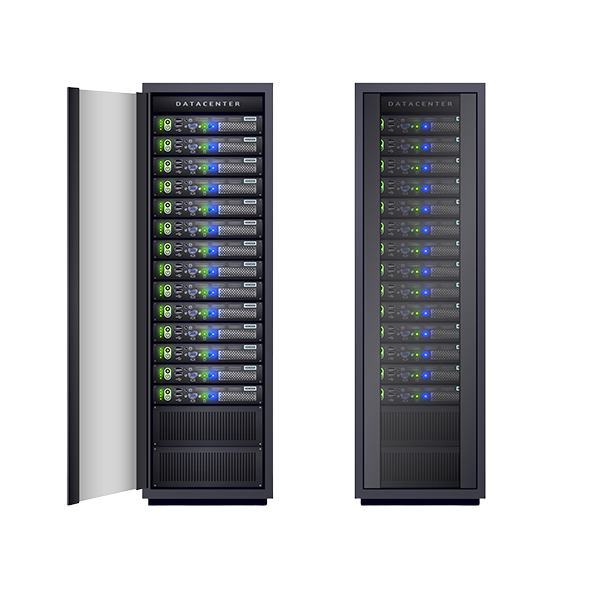

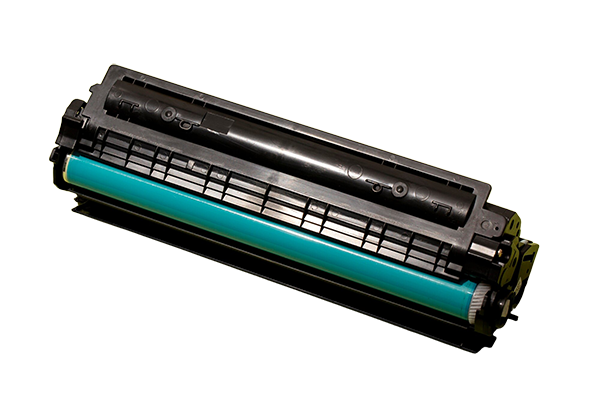





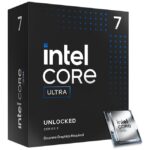
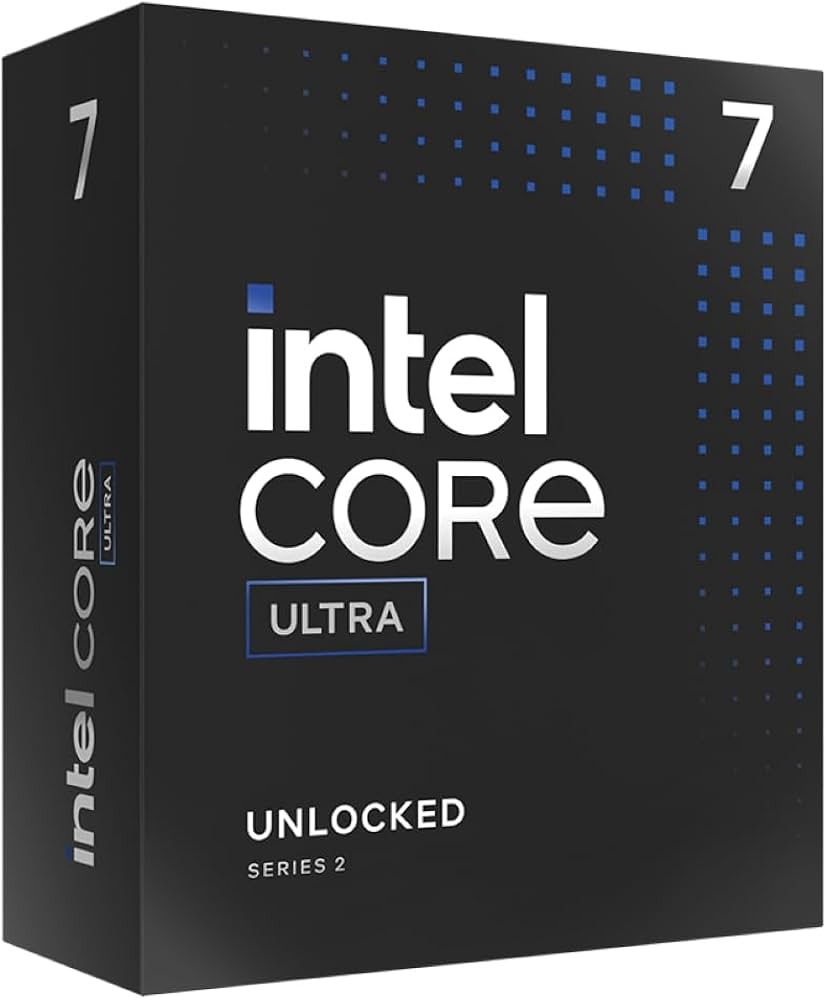
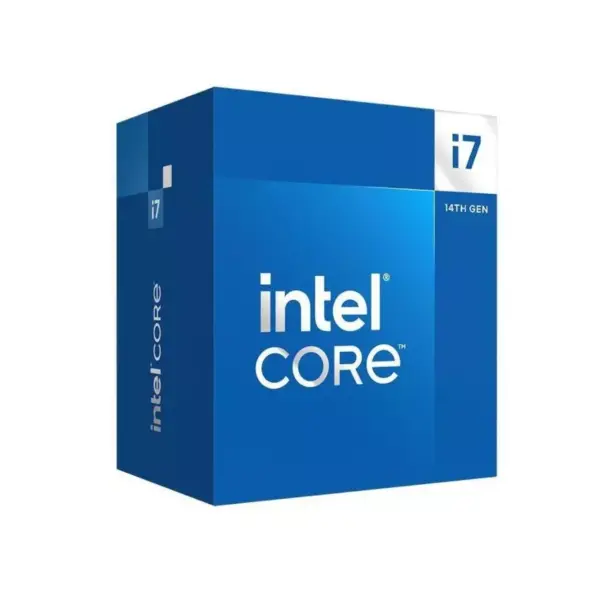
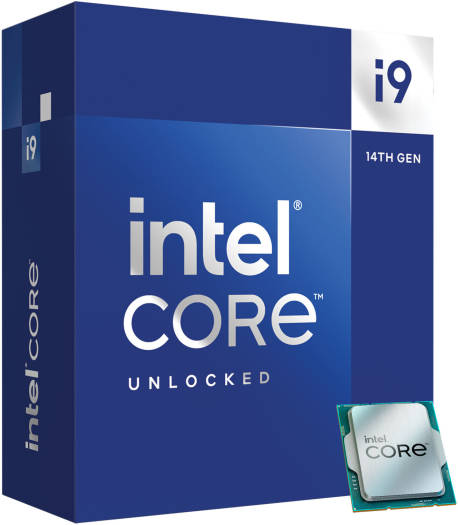
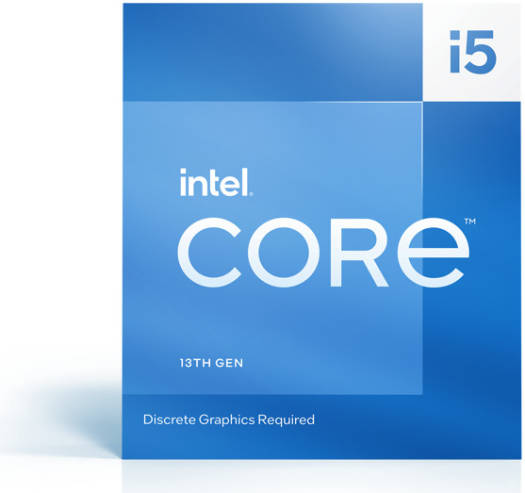

Reviews
There are no reviews yet.